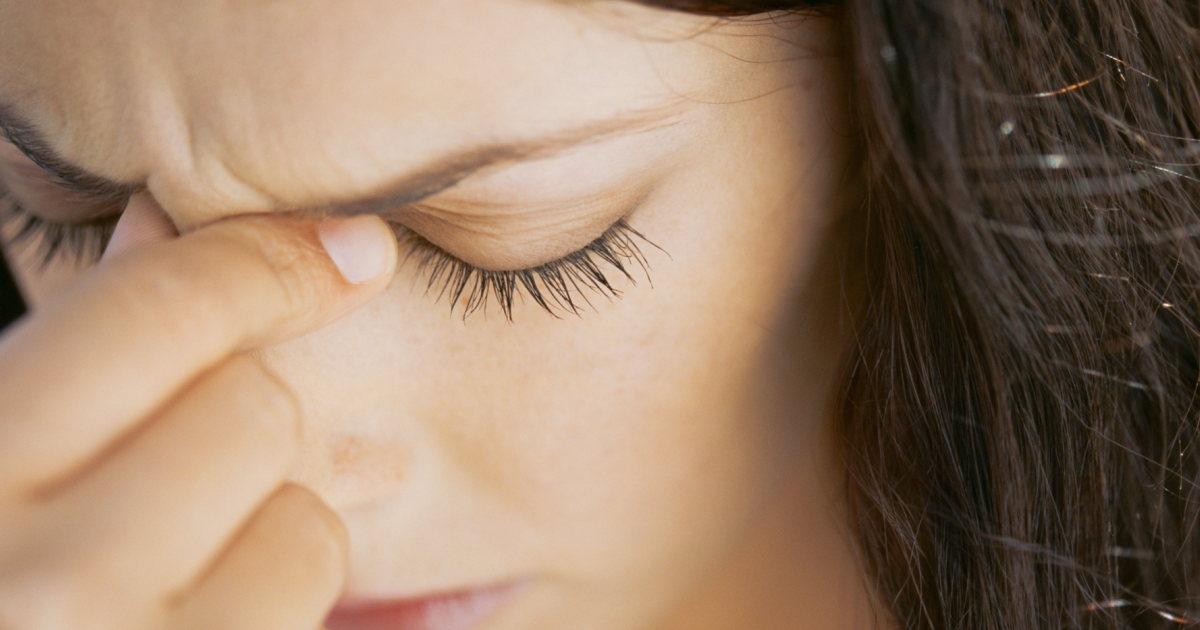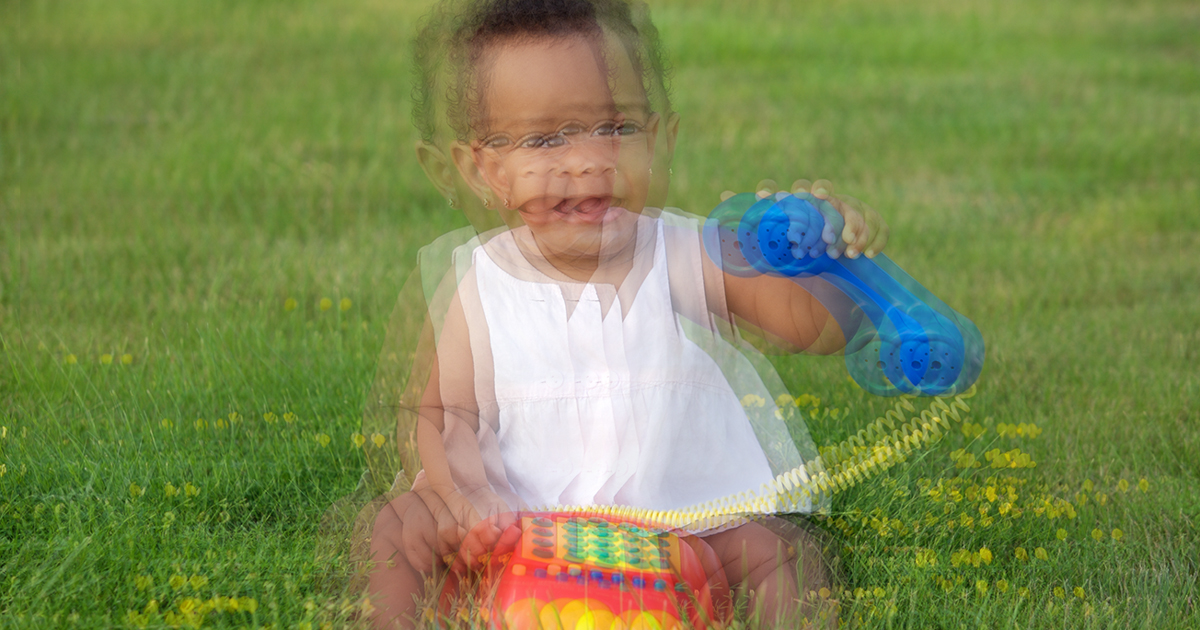Serious Warning Signs of Cataracts
Sensitivity To Light And Glare

Sensitivity to light and glare is a common symptom of cataracts. This sensitivity may get increasingly worse as cataracts grow and distort the patient's vision. Light sensitivity might be caused by the unusual dispersion of light through the foggy lens. Instead of seeing the light's rays as they are, patients experience them as more intense and blurred images. It's common for individuals to become more light sensitive as they age. However, cataracts can cause this sensitivity to affect even normal light levels.
There are two types of glare defined by professionals: disability and discomfort. A discomfort glare is a too-strong light source that causes pain. Everyone with normal vision has experienced this at some point; one example is walking from a dimly lit room into bright sunlight. A disability glare occurs when an eye disease, like cataracts, causes an individual to become intolerant to average light sources.
Double Vision

Cataracts may cause double vision because of diffraction from the lens clouding. Also called diplopia, double vision may also be a result of a brain tumor, multiple sclerosis, stroke, corneal swelling, and cataracts. Another sign of serious concern is binocular double vision, which occurs when two images appear to be visible in either eye if the other is closed. This may be an indication of a brain injury, diabetes, hypertension, myasthenia gravis, Graves' disease, or cataracts. Monocular double vision is more likely to be associated with a problem in the eye's lens or cornea, and it occurs when multiple images appear in one eye but not the other. The larger the cataract grows, the more likely this condition will go away.
